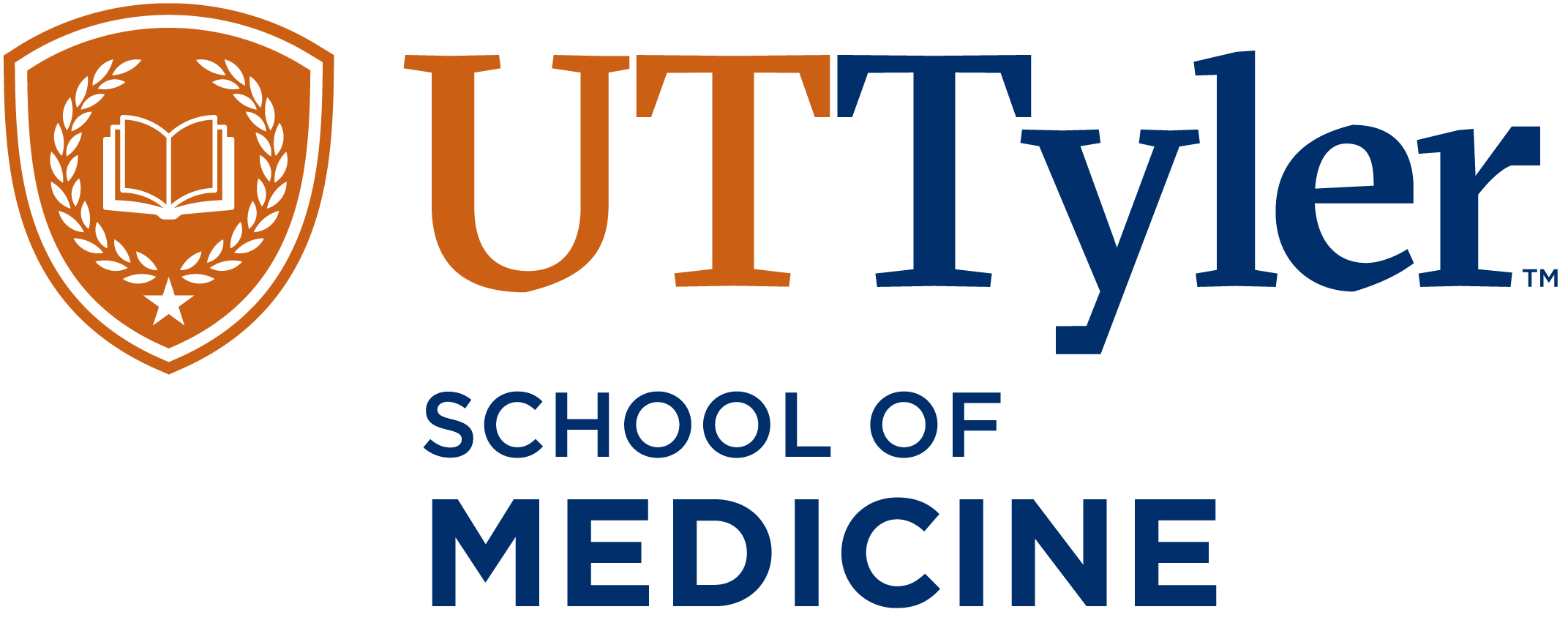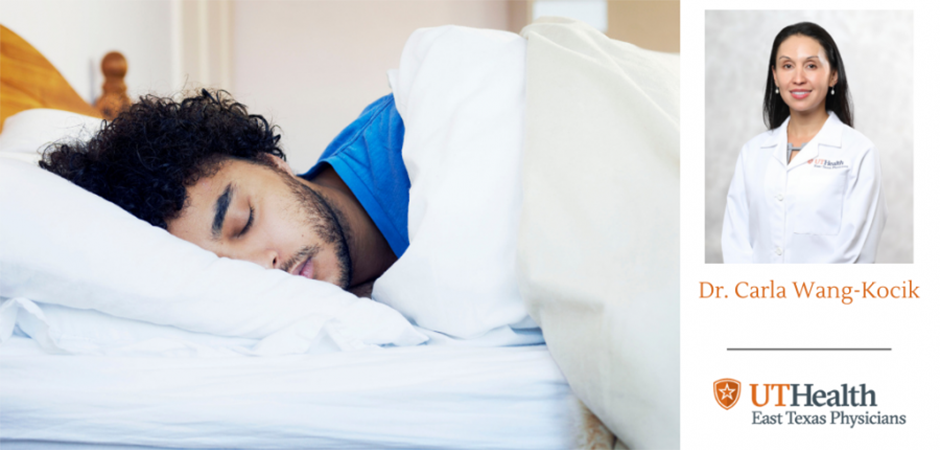Obstructive sleep apnea (OSA) is a common chronic sleep disorder characterized by recurrent episodes of complete or partial upper airway obstruction during sleep. This obstruction often is not perceived while we sleep, but results in oxygen desaturation (low oxygen), sleep fragmentation (interrupted sleep) and daytime sleepiness or non-restorative sleep.¹ Men with OSA also are more prone to suffering from associated complications like low libido, impotence and erectile dysfunction (ED).
Risk factors of obstructive sleep apnea
Untreated OSA has been shown to be an independent risk factor for increased rates of death, cardiovascular disease including hypertension, coronary heart disease, congestive heart failure, arrhythmias, heart attacks, stroke, pulmonary hypertension, sudden death, insulin resistance, gastroesophageal reflux disease and neurocognitive difficulties associated with poor memory and lack of concentration.²
There is also a confirmed correlation between OSA and low testosterone.³
Signs of sleep apnea
· Frequent urination
· Morning headaches
· Daytime sleepiness
· Loud snoring
· Night sweats
· Making gasping or choking sounds
· Weight gain
· Moodiness
· Impaired memory
What is hypogonadism?
Hypogonadism occurs when the sex glands produce little or no sex hormones. Obstructive sleep apnea represents a frequent complication among patients with obesity and has been associated with neuroendocrine changes, including hypogonadism.⁴ Testosterone has shown to be lower in men with OSA. Treatment of OSA may help improve hypogonadism and sexual function.⁶
Testosterone production
Both the quantity and quality of sleep affect testosterone levels. Patients with OSA have less REM sleep, reduced deep sleep time, increased nighttime awakenings, sleep fragmentation and reduced sleep efficiency leading to low testosterone level.¹⁰
Typically, testosterone levels begin to rise upon falling asleep, peak at about the time of the first episode of REM sleep and remain at the same level until awakening.⁷ Sleep fragmentation, or interrupted sleep, disrupts the testosterone rhythm with considerable decline or cessation of the nocturnal increase in testosterone. ⁸
Aging is an important factor associated with the morning testosterone level. Generally, middle-aged men have lower morning testosterone levels than healthy younger men, due to a decline in nocturnal testosterone secretion and the amount of nighttime sleep in older men.⁹
The severity of apnea is related to decreased testosterone secretions in patients with OSA.¹¹ Obesity is strongly linked to low testosterone levels in men, especially abdominal fat. ¹²
In current guidelines, testosterone replacement therapy is contradicted in the presence of untreated OSA as it exacerbates sleep apnea.¹³ If left untreated, testosterone replacement therapy exacerbates OSA symptoms, the increase in the AHI, and the decrease in oxygen saturation, which can be very detrimental.¹⁴
If you are experiencing excessive daytime sleepiness, non-restorative sleep, erectile dysfunction and low libido, you may have sleep apnea associated with low testosterone. Ask to be referred to the UT Health East Texas Sleep Disorders Center by your physician or call 903-531-8079 to begin the referral process.
Information provided by board-certified pulmonologist, sleep medicine and critical care physician, Carla Wang-Kocik, MD, at the UT Health East Texas Pulmonary Institute – A department of UT Health Tyler.
Sources
1. Park CY, Hong JH, Lee JH, Lee KE, Cho HS, Lim SJ, et al. Clinical effect of surgical correction for nasal pathology on the treatment of obstructive sleep apnea syndrome. PLoS One. 2014;9:e98765.
2. 5. Nieto FJ, Young TB, Lind BK, Shahar E, Samet JM, Redline S, et al. Association of sleep-disordered breathing, sleep apnea, and hypertension in a large community-based study. Sleep Heart Health Study. JAMA. 2000;283:1829–183
3. Urol Clin North Am. 2016 May;43(2):233-7. doi: 10.1016/j.ucl.2016.01.012. Epub 2016 Mar 21
4. Front Endocrinol (Lausanne). 2019 Aug 21;10:551. doi: 10.3389/fendo.2019.00551. eCollection 2019
6. Fatigue and serum testosterone in obstructive sleep apnea patients. Bercea RM, Mihaescu T, Cojocaru C, Bjorvatn B. Clin Respir J. 2015 Jul; 9(3):342-9
7. Relationship between rapid eye movement sleep and testosterone secretion in normal men. Luboshitzky R, Herer P, Levi M, Shen-Orr Z, Lavie P J Androl. 1999 Nov-Dec; 20(6):731-7
8. Luboshitzky R, Zabari Z, Shen-Orr Z, Herer P, Lavie P. Disruption of the nocturnal testosterone rhythm by sleep fragmentation in normal men. J Clin Endocrinol Metab. 2001;86:1134–1139.
9. Soukhova-O'Hare GK, Shah ZA, Lei Z, Nozdrachev AD, Rao CV, Gozal D. Erectile dysfunction in a murine model of sleep apnea. Am J Respir Crit Care Med. 2008;178:644–650
110. The relationship between sleep disorders and testosterone. Wittert G. Curr Opin Endocrinol Diabetes Obes. 2014 Jun; 21(3):239-43
11. Testosterone levels in obese male patients with obstructive sleep apnea syndrome: relation to oxygen desaturation, body weight, fat distribution and the metabolic parameters. Gambineri A, Pelusi C, Pasquali R. Endocrinol Invest. 2003 Jun; 26(6):493-8
12. Aromatase--a brief overview. Simpson ER, Clyne C, Rubin G, Boon WC, Robertson K, Britt K, Speed C, Jones M. Annu Rev Physiol. 2002; 64():93-127
13. Testosterone therapy and obstructive sleep apnea: is there a real connection? Hanafy HMJ Sex Med. 2007 Sep; 4(5):1241-6.
14. Margel D, Cohen M, Livne PM, Pillar G. Severe, but not mild, obstructive sleep apnea syndrome is associated with erectile dysfunction. Urology. 2004;63:545–549

 Dr. Wang-Kocik is employed as a clinical faculty physician at The University of Texas at Tyler Health Science Center under the UT Tyler School of Medicine.
Dr. Wang-Kocik is employed as a clinical faculty physician at The University of Texas at Tyler Health Science Center under the UT Tyler School of Medicine.




